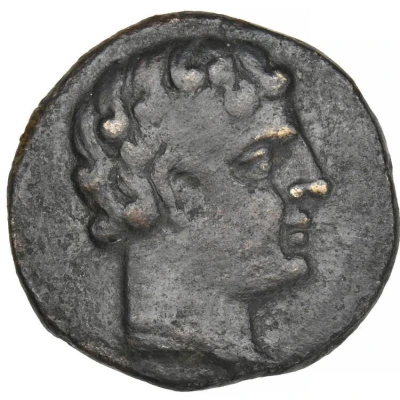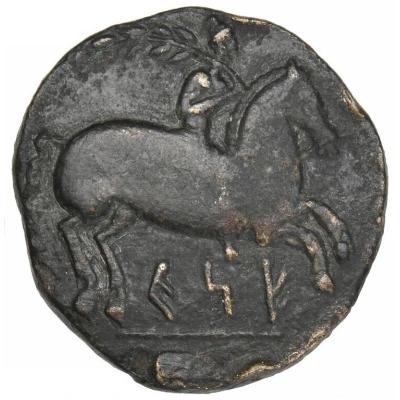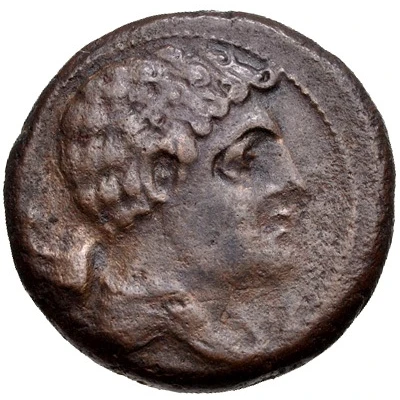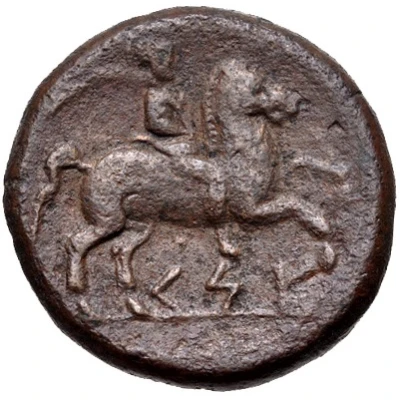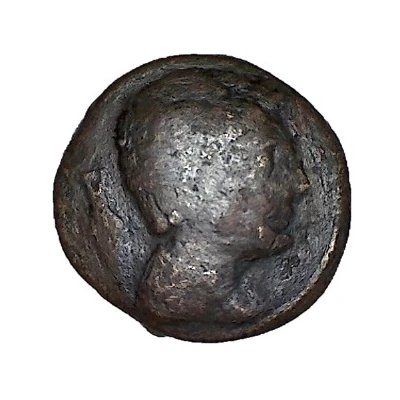
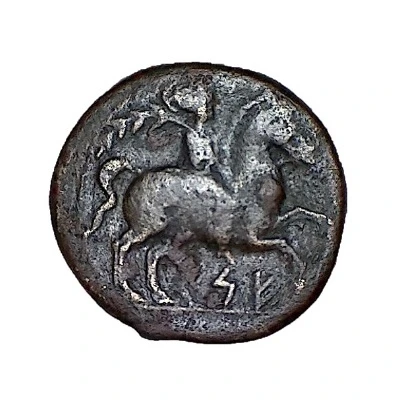

Obverse © marcpleche
Unit Spearhead 170 BC - 150 BC
| Bronze | 11.8 g | 25 mm |
| Issuer | Cessetani people |
|---|---|
| Type | Standard circulation coin |
| Years | 170 BC - 150 BC |
| Value | 1 Unit |
| Currency | Unit (first half of the 2nd century BC) |
| Composition | Bronze |
| Weight | 11.8 g |
| Diameter | 25 mm |
| Shape | Round (irregular) |
| Technique | Hammered |
| Orientation | Variable alignment ↺ |
| Demonetized | Yes |
| Updated | 2024-10-10 |
| Numista | N#218350 |
|---|---|
| Rarity index | 92% |
Reverse
Horseman riding right, holding palm leaf.
Script: Iberian (Levantine)
Edge
Rough
Comment
Type: SpearheadReverse inscription:
"KeSE" written from left to right in Northeastern (Levantine) Iberian script.
112 pieces known according to 1146, page 203.
Interesting fact
The Cessetani people were a tribe that lived in the area that is now modern-day Spain, and their coinage was characterized by its unique designs and inscriptions. One interesting fact about the Standard circulation coin Unit (Spearhead) from the Cessetani people is that it features a distinctive spearhead shape, which gave the coin its name. The spearhead shape was likely chosen because it symbolized strength, courage, and military prowess, which were important values for the Cessetani people. Additionally, the coin's design may have been influenced by the tribe's agricultural practices, as the spearhead shape resembles the tip of a plowshare, which was a common tool used for farming. Overall, the Standard circulation coin Unit (Spearhead) from the Cessetani people is a fascinating example of ancient coinage that provides insight into the culture and values of this ancient tribe.
